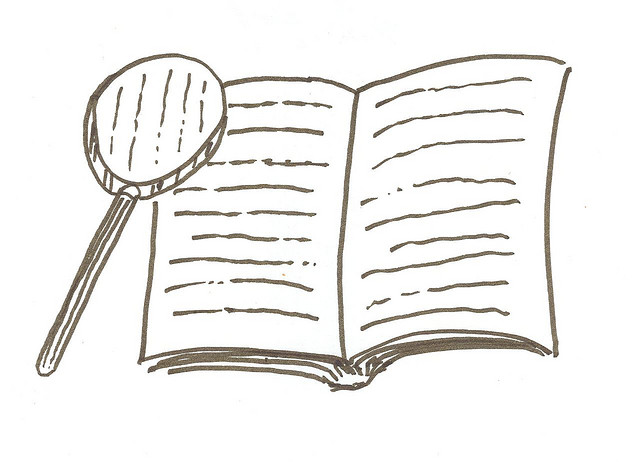
Have you ever stopped to wonder why you open some emails and not others? Have you ever had your attention drawn to a tabloid while you wait to pay for your groceries?
Welcome to the world of headlines. Good headlines have the power to literally stop you dead in your tracks and pay attention. When they are good, they even cause you to consider picking up a tabloid paper you may not have ever thought of buying.
The same is true with headlines in book descriptions.
Book descriptions have space for headlines. Book descriptions are, in fact, like sales pages for your book. Now I’m not suggesting you need to get all salesy with your book descriptions.
But you should spend a significant amount of time working out the best possible book description. Oh, and incidentally, I’m talking book description here as it appears on your book sales page on a online store like Amazon. But this would equally apply to what you write on the back cover of your book.
By the time someone is reading your book description, they have narrowed down to buying your book or someone else’s. They are close to buying. This is where your book description will help close the sale.
What makes a good headline?
So what makes a good headline? To some extent, the answer depends on your niche. But most of the answer has to do with human psychology. Great headlines play to things like curiosity or satisfaction or problem solving.
Let’s consider an outlandish but insightful example. This is a tabloid style example (which I’m not saying you should use – it just illustrates the sort of headline that draws our attention):
How to Grow Pumpkins (this is a “ho hum” boring title)
First Time Gardener Harvests a 102 Pound Pumpkin From Seed (tabloid style)
The second headline is again, outlandish. But it evokes curiosity, doesn’t it?
There are a few ingredients that you are sure to find across all great headlines. They tend to be shorter. Think Twitter “tweet” sized versus Facebook “post” sized.
Questions often make compelling headlines. Facts also make for interesting headlines.
What types of headline should you avoid?
Avoid using ambiguity. Saying “Author of over 20 books” is not as powerful or interesting as giving the exact fact: “Author of 23 books”.
Avoid using the title of your book as your book description headline. Again, people have already come to your sales page or picked up your book. They have seen your title and your sub-title. Now you must get their attention and draw them into buying.
How to get good headline ideas for your niche/genre
When it comes to researching good headline ideas for your book description, take a trip to the library or local newsstand.
Pick up a bunch of magazines from your niche or genre and study the covers of the magazines. Magazines and the table of contents are filled with news and article topics. Each one is vying for your attention. Write down the ones you like – the ones you think may resonate with people who would read your book.
It may be tempting to check out what other successful authors in your niche/genre have written. Go ahead and look. But don’t be surprised if you see some pretty boring headlines being used. Most self published authors write the book description / back cover text for their book on a whim right before they publish the book live.
And believe me, they sell less books because of it.
You are trying to sell more books and be successful. Don’t miss out on this easy opportunity to help sell readers on your book.
Photo Credit: Bart Everson on Flickr
 What do readers see when they look inside your book?
What do readers see when they look inside your book?